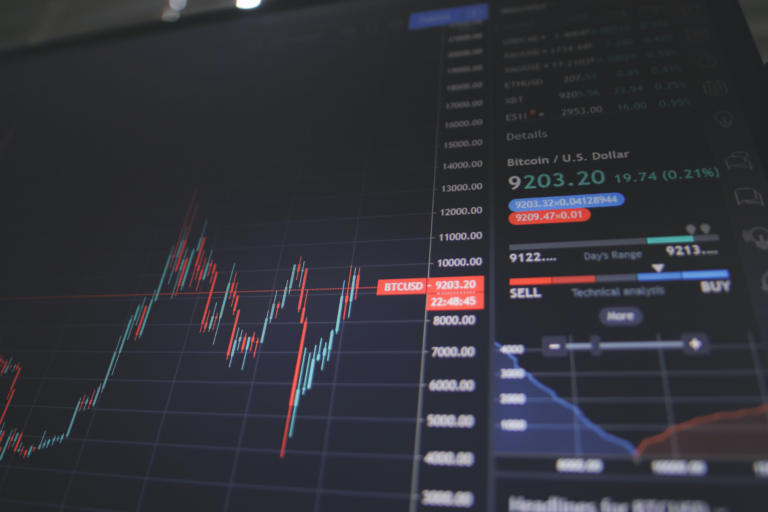
Morning Brief – Blame the Data
Volatility has continued to stretch the foreign exchange market out of its usual ranges. In the case of GBP, the market is evidently heavily short Sterling but until yesterday lacked the optimism to close some of the open positioning or the conviction to drive speculative positions further. The precarious nature of ‘it’s about right for now’ pricing means that changes in sentiment and even the lightest of data can send prices north or south in a matter of moments. Despite different idiosyncratic factors and positioning in other currencies, the tale of value versus volatility stretches throughout the market.
Today and yesterday provided data points that were seen as defining to the path of the US Dollar and the GB Pound. As we covered yesterday, the market had expectations for a moderation in CPI inflation in a sign that natural data progression and the monetary policy action to date were starting to have an effect on prices in the economy. Instead inflation outpaced expectations recording 8.3% price inflation within the basket of consumer goods versus an expected 8.1% year on year.
The initial narrative was that in the face of higher inflation, the Fed is more likely to opt for hawkish decisions moving forwards with yield curves moving up to adjust for higher interest expectations on the back of the data. This also drove the dollar higher. However, the push was short lived with questions over just how much more hawkish in a framework of monetary responsibility can the Reserve really get? Consequently, USD on the back foot once again yesterday afternoon expecting similar nominal but much lower real yields in the face of inflation. Still, we suggested the option of above expected inflation data as likely the more bullish option for the Dollar whatever the market’s digestion and a delayed fuse in USD sparked from the CPI data.
Lastly, when UK growth data hit markets in the early hours of this morning it delivered yet another blow to GBP. The year on year growth rate for March clocked in at 6.4% versus an expected 6.8%. This consumer driven contraction in GDP has shown the UK consumer’s sensitivity to the pressures of the rising cost of living. Weak growth expectations not only damage the currency directly as a component of almost all currency valuation models. They also serve to constrain and qualify the Bank of England’s policy tightening expectations that is one of last remaining factors supporting GBP. Accordingly, GBPUSD down significantly in line with these data, with the Dollar belatedly feeling the bid driven by CPI and GBP scrambling for support.
Discussion and Analysis by Charles Porter

Click Here to Subscribe to the SGM-FX Newsletter
Related Insights

Daily Brief – A short lived short squeeze?
A short lived short squeeze? Sterling is undoubtedly benefitting from a short squeeze. Traders on net had increased positions that benefit from Sterling’s demise leading into the budget. Depending upon the participant’s persuasion, that could have meant gaining an outright short exposure to the currency or, in a more mild form, trimming any or all […]

Daily Brief – Sterling slides
Sterling slides Sterling took a leg lower ahead of the European open yesterday. Despite some tentative signs of recovery, GBP was still unable to claw back losses incurred during yesterday’s session. Before we cover the cause and implications of yesterday’s stumble amongst GBP crosses, let’s look at why the Pound was set up for a […]

Daily Brief – Big day of a big week
Big day of a big week Markets have an action-packed week ahead of them. Three G10 central bank decisions will be published, kicking off with the ECB tomorrow. Thursday is the turn of the Bank of England and on Friday, the BoJ. But it’s not just the smattering of pre-Christmas central bank meetings that should […]



 Charles Porter
Charles Porter